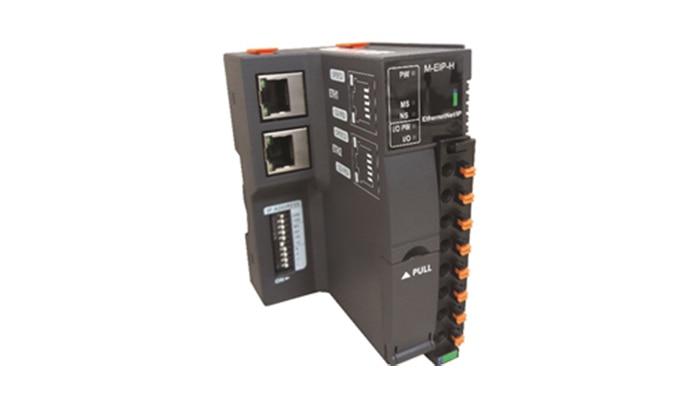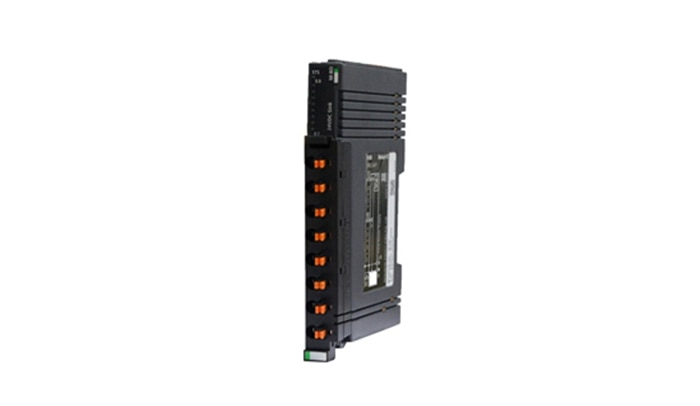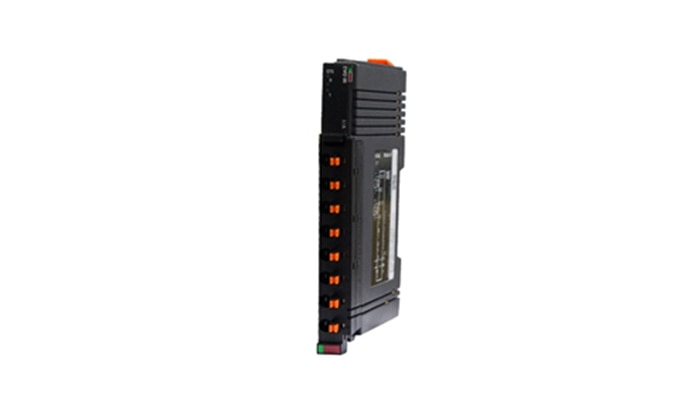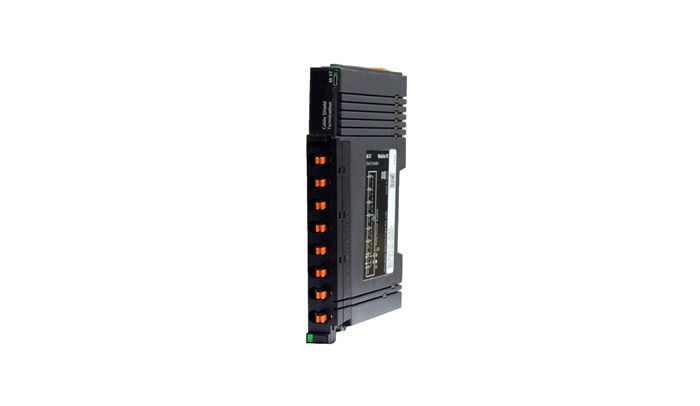
The Modular I/O provides a more flexible approach for creating the input/output mix that is required by the end user in a particular application. This, along with the easy scalability that allows you to get exactly what you need in terms of input/output capabilities for various types of channels and the ability to add additional functionalities are some of the reasons behind the steadily growing demand for modular I/O.
It is expected that conventional I/O in most machine control designs will be replaced by modular I/O, and the demand for the same in the industrial segment will grow significantly in the coming time. The upcoming market growth for this technology will be driven by a number of factors, such as the increasing adaption of industrial I/O modules across numerous industries, like heavy machinery, manufacturing, automotive, F&B, Pharma, HVAC, BMS, and oil & gas. The increased integration of the Industrial Internet of Things (IIoT) is another key factor that is driving the demand for industrial I/O modules. While one may think that IIoT involves only wireless applications, traditional wired inputs and outputs will remain in demand as they are fundamental components of automation. Industrial I/O modules bring together compact size, flexibility, power distribution, and software-based configuration, thus offering support for various types of signals which enables the creation of fully IIoT-capable automation solutions.

However, with every invention comes requirements that are to be met without fail. Here, the implementation of smart automation systems is more than just connecting the products at the shop floor level. There are needs like an interface between the Master system (PLC, SCADA, DCS, PC, etc.) and the long-distance external input-output devices (sensors, valves, actuators, etc.) that factory managers and operators must ensure. This may seem like an easy task but in reality, involves a lot of mechanisms, making the process a little tiring. That is when a Modular I/O comes into the picture!
Modular I/O is a solution that has been created for systems in which one can place the IO modules near the field devices. This helps in reducing the need for multiple hardwires between the main system (PLC, etc.) and the field devices, by employing single Ethernet cables. Modular I/O is said to be the ideal solution for applications where scalable, flexible, and cost-effective remote I/Os are needed. A modular I/O station is designed by using the required header module, various I/O modules, and system modules that are needed for the operation. The use of different Fieldbus headers and flexible I/O devices increased the adaptability of the system in different networks to a great extent.
Modular I/O helps in ensuring efficient coordination of the flow of traffic between the master system and the field devices, which also includes the collaboration with bus arbitrations. Adding to this, the I/O module can also communicate with the CPU as well as accept commands that are sent forward in form of signals on the control bus. It also includes exchanging the output data, diagnostic information, monitoring input status, and address recognition, to name some.
Other than this, Modular I/O can recognise a unique address for each module that is connected to the main system or the CPU. This functionality is called the device identification function of the I/O module. The module is also designed to buffer data and synchronise with the CPU that further allows the exchanging of the input-output data based on the interval of communication. In addition to this, the I/O module can also detect errors and offer support to the diagnostic features during the transmission of data. Here, the errors can be caused either due to mechanical or electrical malfunctions.

The first in the list is the header module. The header module is connected to the master system (mainly the CPU) with the help of various Fieldbus and network systems containing the CC-Link IE Field Basic, EtherNet/IP, Modbus TCP, and so on.

Next comes the digital I/O module – they are used for connecting digital input and output devices. There are a plethora of digital I/O modules available that you can choose from, as per the needs of the system.

The analog modules are used for connecting the analog input and output sensors. The input signals of such a system can be voltage, current, RTD, and thermocouple. On the other hand, the output signals for analog modules are voltage and current.

The system modules are auxiliary modules that are useful for backing the system with additional power, shield termination, bus end, and isolation.
Lastly, the serial COM modules are communication modules that are used for communicating different serial ASCII protocol-based devices.
Modular I/Os have helped industries in ways unknown. They have contributed towards making industries more compatible with smart automation and ace it like a pro. In addition to this, the key features of the Modular I/Os also helped in optimising the techno-commercial solutions for various industries. Here are some of the applications of Modular I/O that you should know of –
In addition to this, Modular I/Os are also used in facility management for easy integration of various infrastructure systems like basement parking, central air conditioning, lights, and so on, allowing for centrally controlling and monitoring the systems.
Using Mitsubishi Electric’s CNC along with the Modular I/O allows you to integrate devices with high I/O density in smaller areas. The world is moving towards developments that are backed by automation systems and so are the various industries. The implementation of Modular I/Os will only make operation easier and more efficient for the manufacturing units and businesses alike.